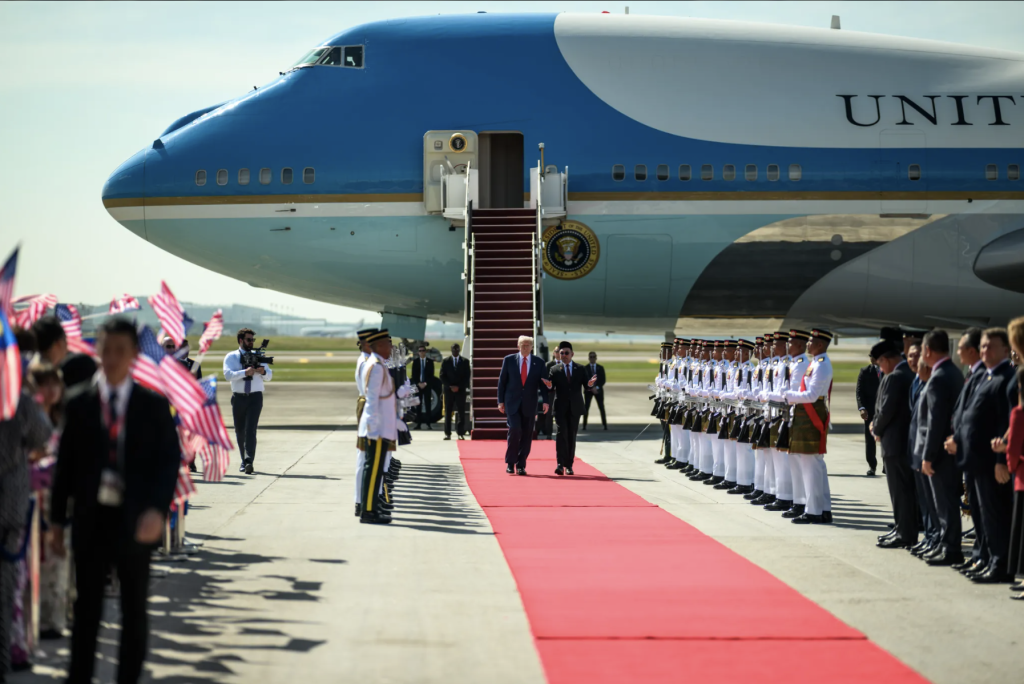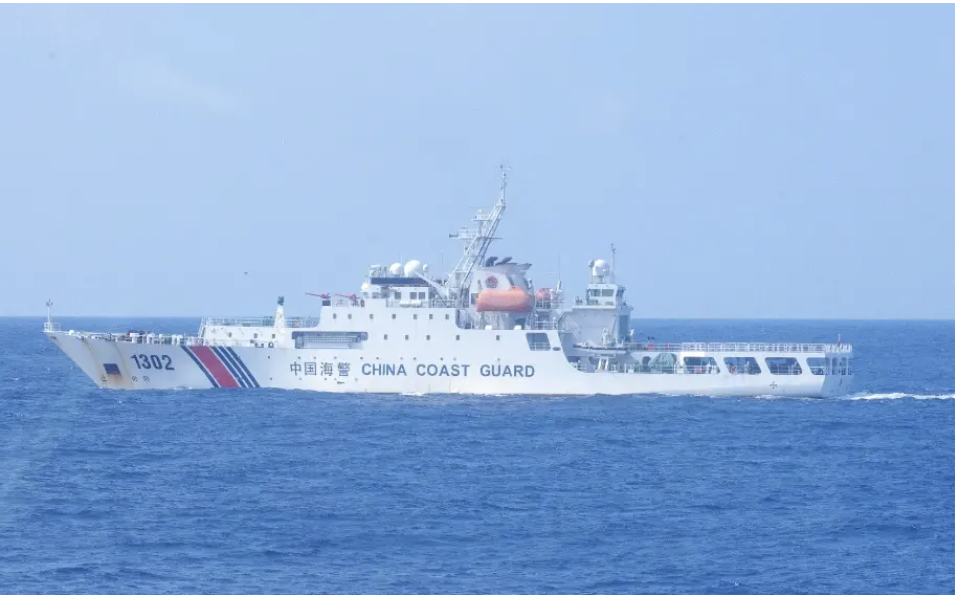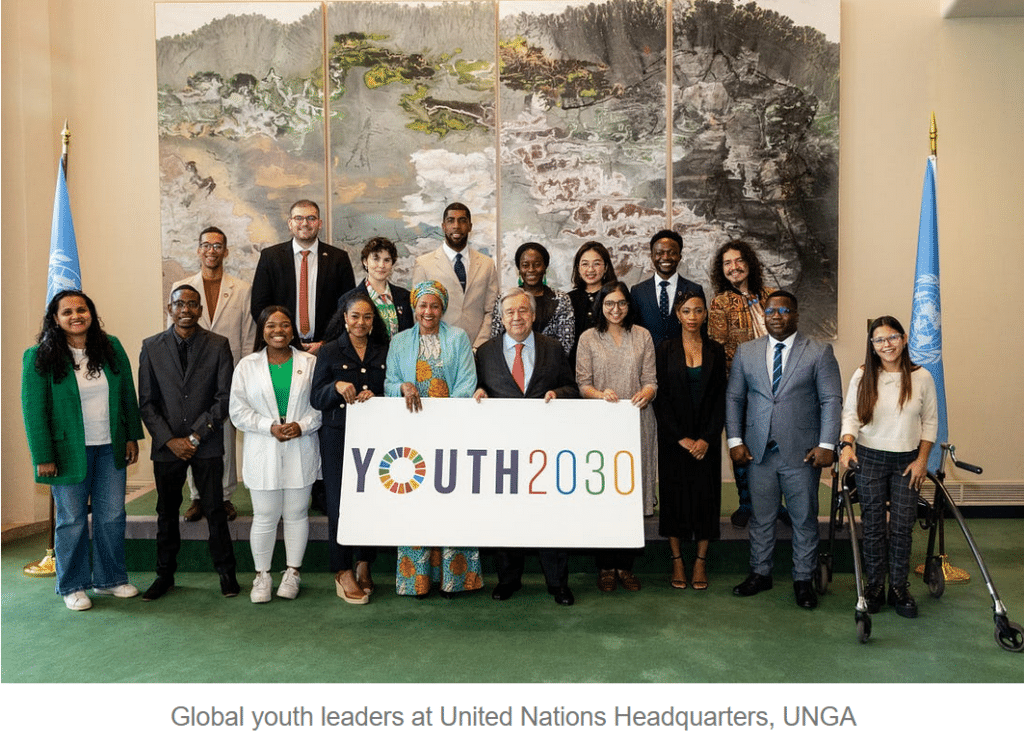What Does a New U.S.-Vietnam Partnership Mean for China?
- Analysis
 Yingyi Tan
Yingyi Tan  Bikai Chen
Bikai Chen- 11/21/2023
- 0
On September 10, 2023, during President Biden’s visit to Hanoi, he and Vietnam’s Communist leader Nguyen Phu Trong jointly made a historic announcement: to elevate the existing relationship between the U.S. and Vietnam to a “comprehensive strategic cooperative partnership” – the highest level of diplomatic relationship Vietnam recognizes with foreign powers. Only four other countries, China, Russia, India, and South Korea, enjoy such privilege. This is also the first instance in Vietnamese history of an accelerated two-tier advancement in diplomatic relations with a country within a decade.
This strategic elevation comes nearly 30 years after the two nations, once bitter foes in the bloody Vietnam War, normalized relations in 1995. Since the establishment of a “comprehensive partnership” between the U.S. and Vietnam under the Obama administration, this partnership has grown increasingly robust. This latest diplomatic advance signals an increased prioritization of both nations in the other’s foreign and security policy agendas.
China’s increasing assertiveness in the Indo-Pacific region has brought the U.S. and Vietnam closer together. In recent years, the U.S. has been increasingly proactive in its engagement with Vietnam: at the end of Trump’s term, the U.S. abandoned its neutral stance in the South China Sea disputes and issued a clear statement denouncing China’s territorial claims.
This trend was further developed under the Biden administration. Since the outbreak of the COVID-19 pandemic, the U.S. has donated at least 2 million doses of vaccines to Vietnam, engaging in a “vaccine war” with China in Vietnam. This September, Biden also skipped the Association of Southeast Asian Nations (ASEAN) summit in Jakarta and traveled directly to Vietnam for an individual visit, emphasizing the special importance the U.S. attaches to Vietnam.
At the same time, Vietnam is happy to benefit from deeper cooperation with the U.S. By 2022, the U.S. will be Vietnam’s largest export market and second-largest trading partner after China. By helping to build the country’s industrial knowledge and supporting the growth and diversification of its economy, the U.S. helps Vietnam to effectively counterbalance the economic influence of China. Foreign investment brought in by U.S. companies has also helped elevate the position Vietnam occupies in the global supply chain. For example, Amkor, one of the world’s largest semiconductor outsourcing providers, has spent $1.6 billion building a semiconductor plant in Vietnam. Indeed, as the U.S.-China trade war intensifies, Vietnam has become a popular destination for large multinational technology companies seeking alternatives to China.
On the security front, Vietnam organized its first defense expo last December, demonstrating a strong willingness to expand its range of international arms suppliers. The new U.S.-Vietnam partnership is likely to boost security cooperation between the two countries, and more U.S.-made weapons may enter Vietnam, reducing Vietnam’s dependence on Russian weapons. As one of the few Southeast Asian countries that openly opposes China’s territorial claims to islands in the South China Sea, Vietnam also wants U.S. support to increase its leverage against China in the South China Sea dispute.
Therefore, this new agreement between Vietnam and the Biden administration should be seen as a major milestone in bilateral relations, with significant implications for the geopolitical landscape of Southeast Asia and the Indo-Pacific region. However, one should not assume that Vietnam is choosing to align with the U.S. and starting a full-fledged competition with China.
At a time of increasing competition with China, for the U.S., a rapid rise in cooperation with Vietnam meets its own strategic needs. However, Vietnam is a highly nationalistic country that is not willing to attach itself to any major power. Its security and economic cooperation with the U.S. have always been accompanied by caution, trying to find a delicate balance between the U.S. and China to avoid getting involved in a direct confrontation between the two superpowers. In its 2019 defense white paper, Vietnam once again reiterated its “Four No’s” policy: not joining military alliances, not aligning against another country, not allowing foreign countries to set up military bases in Vietnam, and not using force in international relations. This has undoubtedly set a no-go area for U.S.-Vietnamese cooperation. Moreover, Vietnam’s increasingly conservative policymaking in the wake of the 13th Party Congress makes it unlikely that Vietnam’s policy will change in the near term.
First, the convergence of Vietnamese and U.S. interests in the South China Sea does not compensate for the fact that their perceptions of the threat of the Chinese are not at the same level. Unlike the U.S., Vietnam does not view China as a systemic threat. China and Vietnam have some of the closest cooperations in many areas with especially strong economic ties. China is Vietnam’s largest trading partner. In 2021, nearly one-fifth of Vietnam’s exports went to China, which in turn contributed one-third of Vietnam’s imports. These imports from China are an integral part of Vietnam’s manufacturing supply chain. In addition, China and Vietnam have a lot of cooperation under the framework of ” Belt and Road” and “Two Corridors and One Circle.” The first high-speed rail line directly to the China-Vietnam border will be inaugurated by the end of 2023, which will greatly facilitate economic, trade, and tourism exchanges between the two sides. The costs, especially economic ones, of Vietnam turning to the U.S. and angering China as a result will be more than the U.S.-Vietnamese cooperation can compensate for.
Furthermore, due to differences in political values and historical animosity, Vietnam and the U.S. have not yet established strong strategic mutual trust. In terms of values, Vietnam has a socialist system, which is very different from the Western democratic values promoted by the United States. On the contrary, Vietnam and China share many similarities in terms of political system and have strong political mutual trust. Leaders of both countries have publicly described the two parties and countries as having a deep bond of “comrades and brothers.”
For example, General Secretary of the Communist Party of Vietnam Nguyen Phu Trong was the first foreign politician to visit Beijing after the 20th National Congress. He signed the “Joint Declaration on Further Strengthening and Deepening the China-Vietnam Comprehensive Strategic Partnership” with President Xi Jinping. Vu Van Xang, the No. 2 figure in the Communist Party of Vietnam, also had a separate meeting with Xi after attending the Belt and Road Forum in Beijing in October. Chinese and Vietnamese officials are also preparing for Xi’s possible visit to Vietnam, according to Reuters. This is one of the reasons why China and Vietnam have been able to maintain close ties in areas other than the South China Sea dispute.
Historically, the U.S. and Vietnam experienced the brutal Vietnam War, which left an indelible trauma in the hearts of the Vietnamese people. Because of this, Vietnam has always insisted on dealing with the legacy of the war as a priority in its security cooperation with the United States. The deepening of U.S.-Vietnamese cooperation is inevitably accompanied by a process of building strategic mutual trust through bilateral interactions, which cannot be changed overnight by a piece of paper that elevates the level of relations.
In today’s international arena, the rivalry between China and the U.S. has gradually become the key to the future. Some Southeast Asian countries, represented by Vietnam, chose to promote cooperation with both the U.S. and China but maintain political independence, seeking a delicate balance and pursuing opportunities for their own development. This might set the model for other small countries to survive and thrive under drastically changing geopolitical circumstances.







